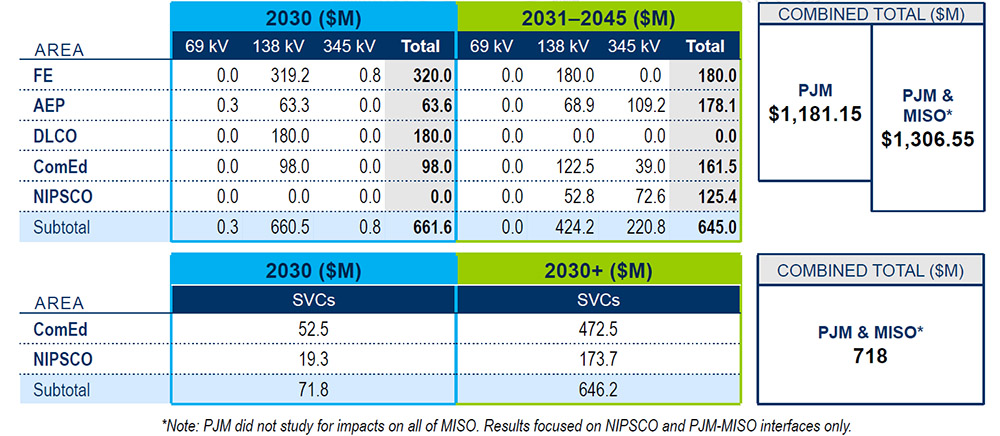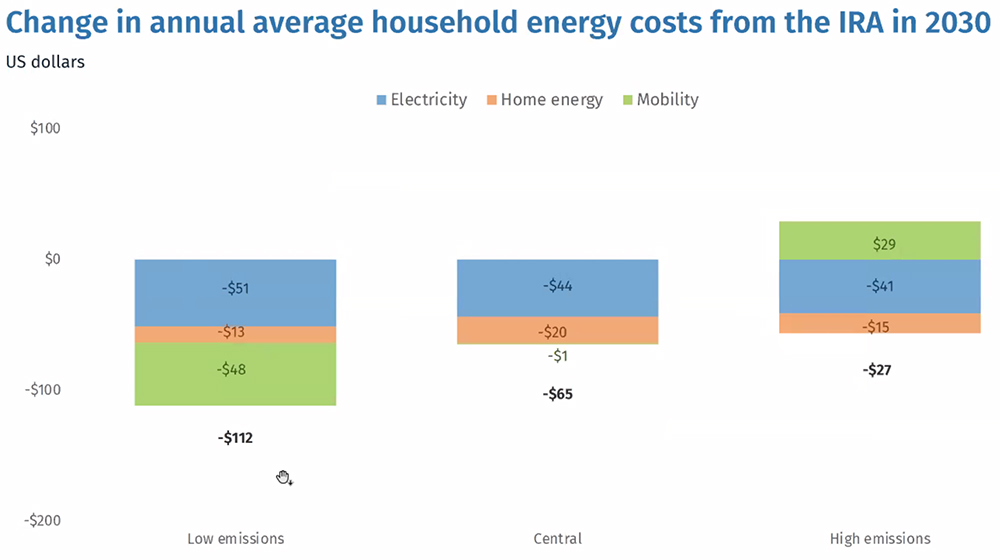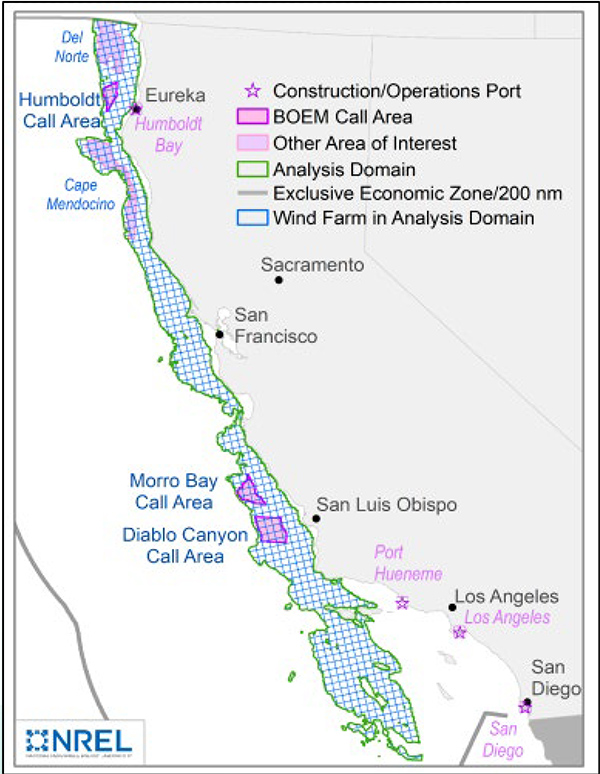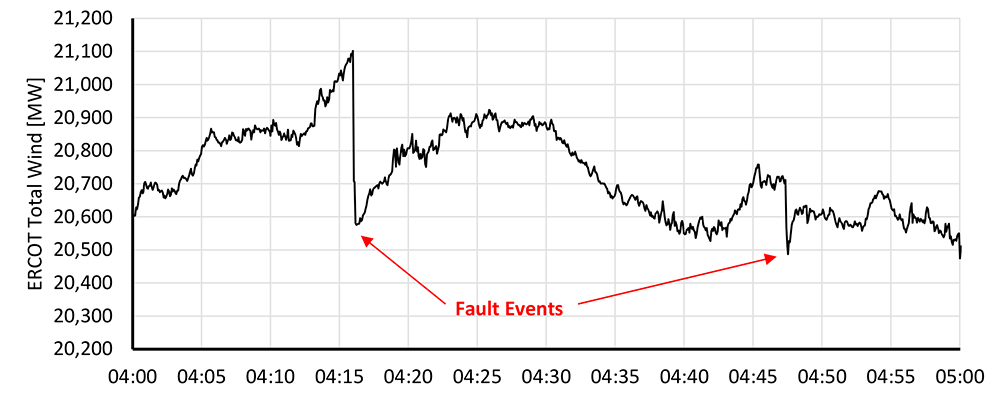With three coal plants slated for closure within the next 10 years, Arizona regulators, utilities and community members are exploring ways to repurpose the facilities, including options for clean energy generation.
Salt River Project (SRP) is launching a study to see which sustainable energy options would be viable at the site of the Coronado Generating Station, which is slated for closure by 2032. Hydrogen generation and solar with battery storage are among the technologies the study might explore.
SRP is in the process of finding an engineering contractor to help with the repurposing studies, a company representative said during an Aug. 1 Arizona Corporation Commission (ACC) workshop.
In addition, the city of St. Johns, near the Coronado facility, wants to investigate the feasibility of converting the coal plant to nuclear power generation. SRP has been working with the Gateway for Accelerated Innovation in Nuclear (GAIN) on the issue. GAIN is a U.S. Department of Energy Office of Nuclear Energy initiative to accelerate the commercialization of advanced nuclear technologies.
Asset Inventory
Amanda Ormond, co-director of the Just Energy Transition Center at Arizona State University, said during the Aug. 1 workshop that she’s hopeful ASU will receive a grant to look at repurposing the Coronado Generating Station and the Cholla Power Plant, which is scheduled to shut down in 2025. Arizona Public Service is part-owner and operator of the Cholla plant.
Ormond said the study would include an inventory of assets at the power plants, including items such as buildings, roads and water treatment systems. The condition of the assets would also be assessed.
The next step, Ormond said, would be to match the assets with types of businesses that could use them. The study would look at possibilities on a regional level, rather than one coal plant at a time. Ormond said she expects a decision on the grants next month.
The third Arizona coal-fired power plant slated for closure is the Springerville Generating Station, operated by Tucson Electric Power. TEP plans to close one unit at Springerville in 2027 and shut down the final unit in 2032.
The upcoming coal plant closures follow the shutdown in 2019 of the 2,250 MW Navajo Generating Station near Page, Ariz., which SRP operated.
Plant Closure Impacts
The ACC opened a docket in January 2021 to take a closer look at the impact of coal plant closures on surrounding communities. The Aug. 1 workshop was the second commission workshop on the topic.
The commission also held 11 town hall meetings in coal plant communities in April, May and June. In addition, a series of virtual town hall meetings took place last week. ACC staff plan to file recommendations in the matter by the end of September.
Repurposing the Arizona coal plants was also discussed during task force meetings organized by the ACC in March and April.
Ormond said during task force meetings that Arizona State University and Joseph City have been discussing potential new uses for the Cholla Power Station. In addition to renewable energy production, ideas included office space, metal and battery recycling, manufacturing, automotive salvage, or railcar and locomotive repair, according to a written summary of the meeting.
Task force participants noted that the coal plant owners will play a large role in determining the facilities’ future.
National Issue
Repurposing shuttered coal plants is an issue that’s being debated across the U.S.
Creative reuses include the conversion of the Blackhawk Generating Station in Beloit, Wis., into a student union athletics facility at Beloit College, Bloomberg reported. In other cases, retired coal plants have been turned into restaurants or offices.
Some of the facilities are being eyed for hydrogen production. In New Mexico, Escalante H2 Power (EH2) wants to convert the Escalante Generating Station, a coal-powered plant shut down in 2020, into a hydrogen production and power facility. (See Clean Hydrogen Interest Builds in New Mexico.)
The federal government has taken an interest in the future of coal plant communities. In January 2021, President Biden established through an executive order the Interagency Working Group on Coal and Power Plant Communities and Economic Revitalization.
The goal of the Interagency Working Group (IWG) is to coordinate federal aid to revitalize the economies of coal, oil and gas, and power plant communities. In an initial report, the working group identified 25 priority regions that have been hard-hit by reductions in coal production and consumption.
IWG created a clearinghouse of federal funding opportunities that may be available to energy communities.
The working group is soliciting public comments on the challenges facing energy communities and recommendations on how the federal government can help address those challenges. Comments will be accepted through Sept. 9 and may be submitted here.






